Vintage Tribal Kilim Runner 2' 10" x 11' 1" (34" x 133")
Type:
Kilim RugsCollection:
Tribal Runners, ClearanceID:
K0077150Size:
Material:
The designs feature a rich array of symbols representing tribal culture and Anatolian motifs, often in the form of medallions, diamonds, and other geometric shapes.
The designs feature a rich array of symbols representing tribal culture and Anatolian motifs, often in the form of medallions, diamonds, and other geometric shapes. These kilim runners are ideal for hallways and narrow spaces, offering a touch of ethnic charm and artisanal quality to any interior.
Herki kilims not only serve as functional floor coverings but also as artistic expressions of tribal identity, making each rug a unique cultural artifact.
Design Elements
- Shape and Patterns:
- The kilim features geometric shapes, predominantly diamond and square motifs, which are traditional in tribal designs.
- Repetitive patterns offer rhythm and harmony, giving the piece a cohesive look.
- Interweaving forms create a sense of depth and dimension, enhancing visual interest.
- Texture:
- The flatweave technique used in kilims results in a smooth, durable surface, making it suitable for high-traffic areas.
- Wool fibers lend a soft, yet robust feel, showcasing exceptional craftsmanship.
- Borders:
- Distinct outlined borders frame the central motifs, emphasizing the design and drawing the eye inward.
- Thicker border designs often symbolize protection and encapsulate the main features of the rug.
Colors
- Palette:
- Vibrant hues dominate the rug, including rich reds, greens, and earthy tones that reflect natural pigments.
- Contrasting colors enhance the visual appeal, creating a lively yet balanced atmosphere.
- Meaning of Colors:
- Red symbolizes strength and vitality, representing passion and courage in the tribal culture.
- Green indicates protection and tranquility, often associated with sacredness.
- Neutral colors like beige and brown signify stability and groundedness, connecting with nature.
Main Motifs and Their Symbolism
- Diamonds:
- Diamonds often represent prosperity and enlightenment, symbolizing wealth and success.
- The interconnected nature of the diamonds suggests the unity and interdependence of community.
- Cross Patterns:
- Cross motifs denote pathways or direction, symbolizing guidance and spiritual journeys.
- They also reflect the balance between different elements, promoting harmony.
- Hexagons:
- Hexagons signify connection and cohesion among families and tribes, portraying a sense of togetherness.
- They can represent diversity, with each side reflecting different facets of community life.
Summary
The vintage tribal kilim runner showcases a rich tapestry of geometric design elements, vibrant colors, and meaningful motifs. With its flatweave texture, intricate repeating patterns, and symbolic use of color, this rug not only serves as a functional piece but also tells a story of cultural significance and unity within the community. The diamonds, crosses, and hexagons embody themes of prosperity, guidance, and connection, while the palette invokes emotional responses tied to nature and tradition.
- Ships in 1-4 business days
- Only one in stock, handmade, unique
- Free shipping via FedEx Express. Easy returns
- Contact us or add a note to your order if you want us to delay your shipping.
- Request more info if you want this rug shorter or narrower
Colors may appear slightly different across various monitors due to screen settings device differences, and external lighting conditions. If color accuracy is important for your space, we recommend viewing the rug on multiple devices or contacting us for a detailed color description. We can provide detailed photos and references using Sherwin-Williams, Benjamin Moore, Pantone, or even Crayola crayons.
You can also visualize most of our products in your own room with AR (augmented reality) on an iPhone or iPad.
Return Policy
Need a rug pad? We recommend RugPadUSA
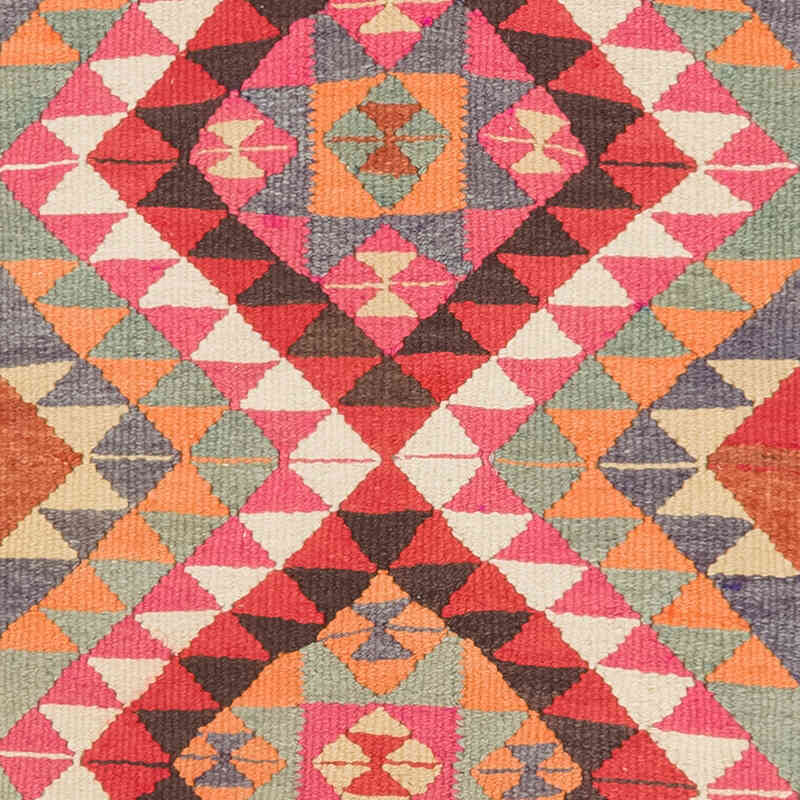
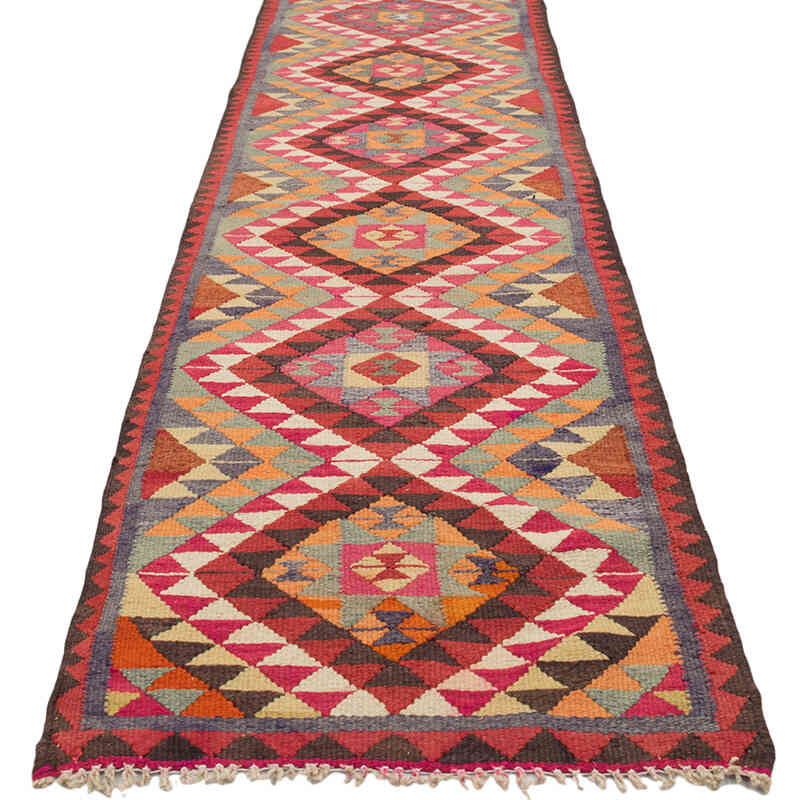
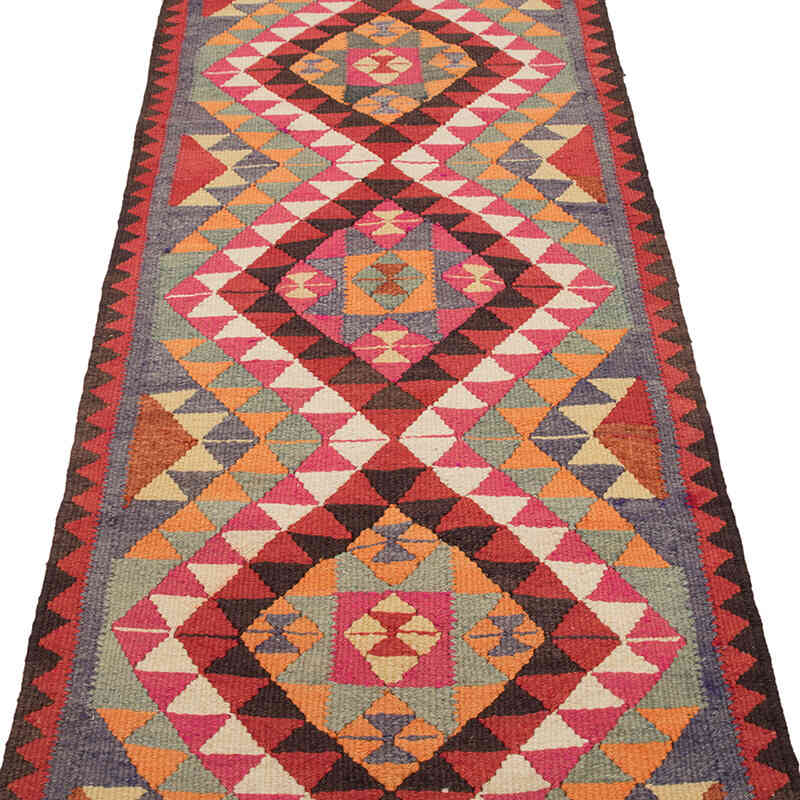
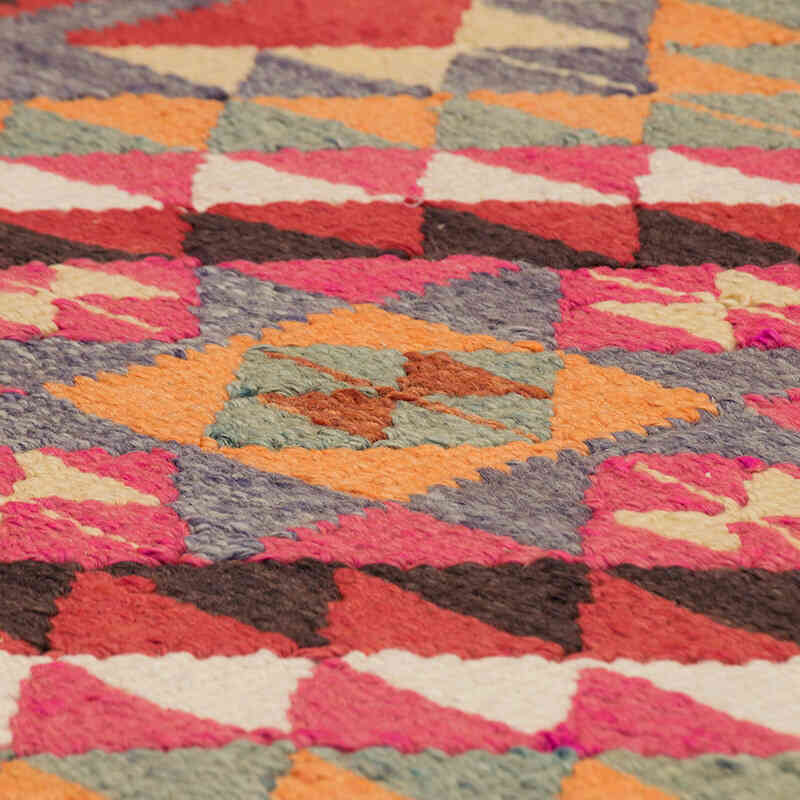
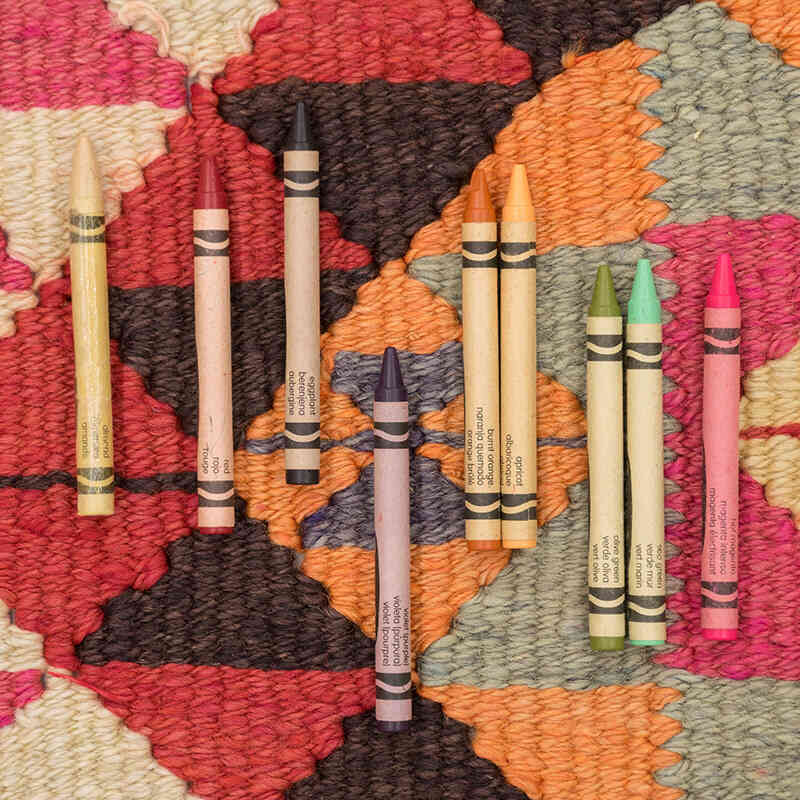
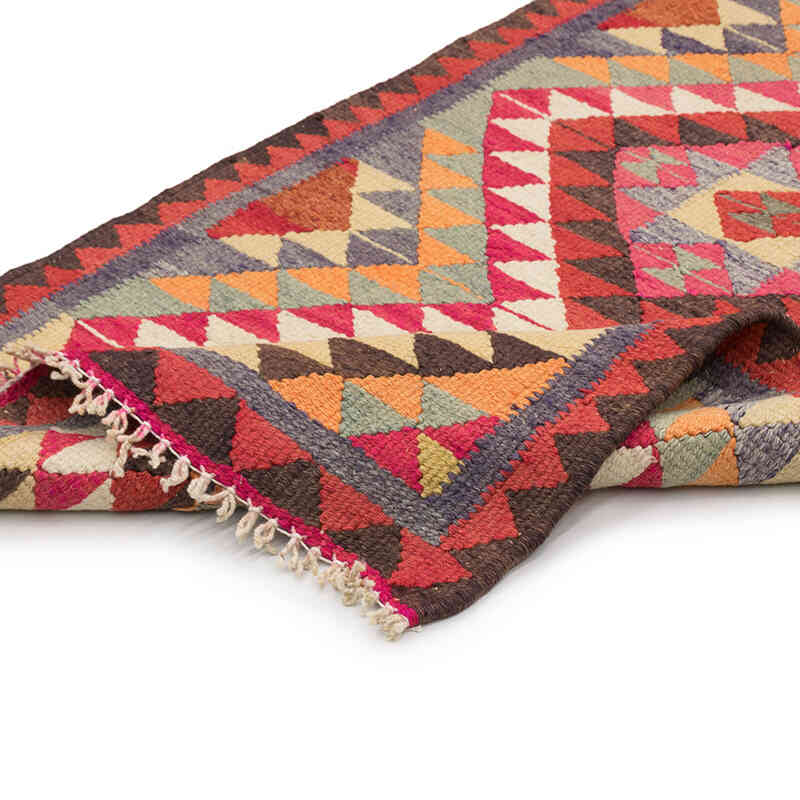
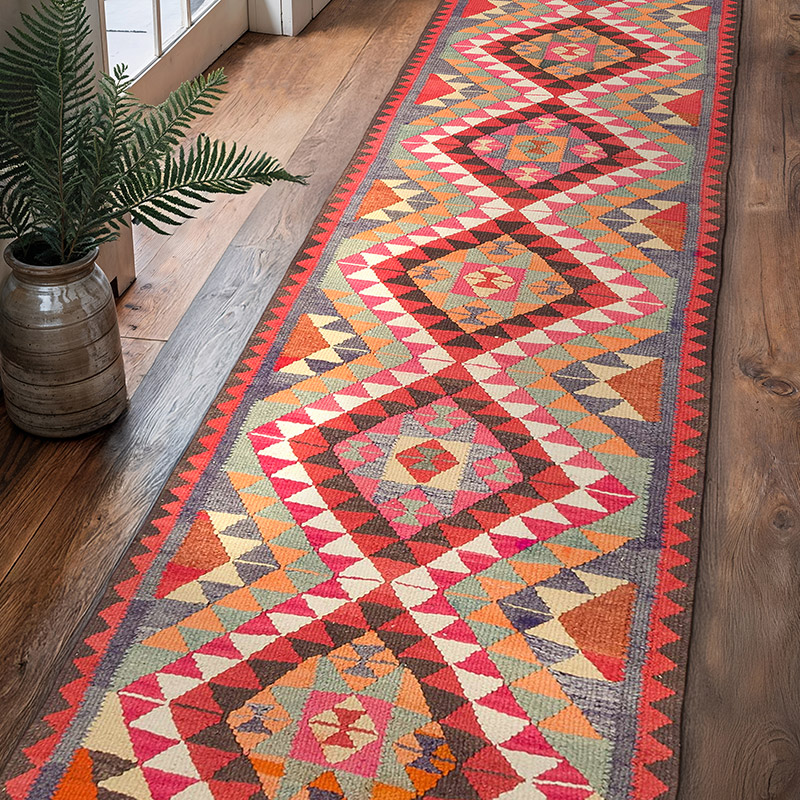
















The company is top notch